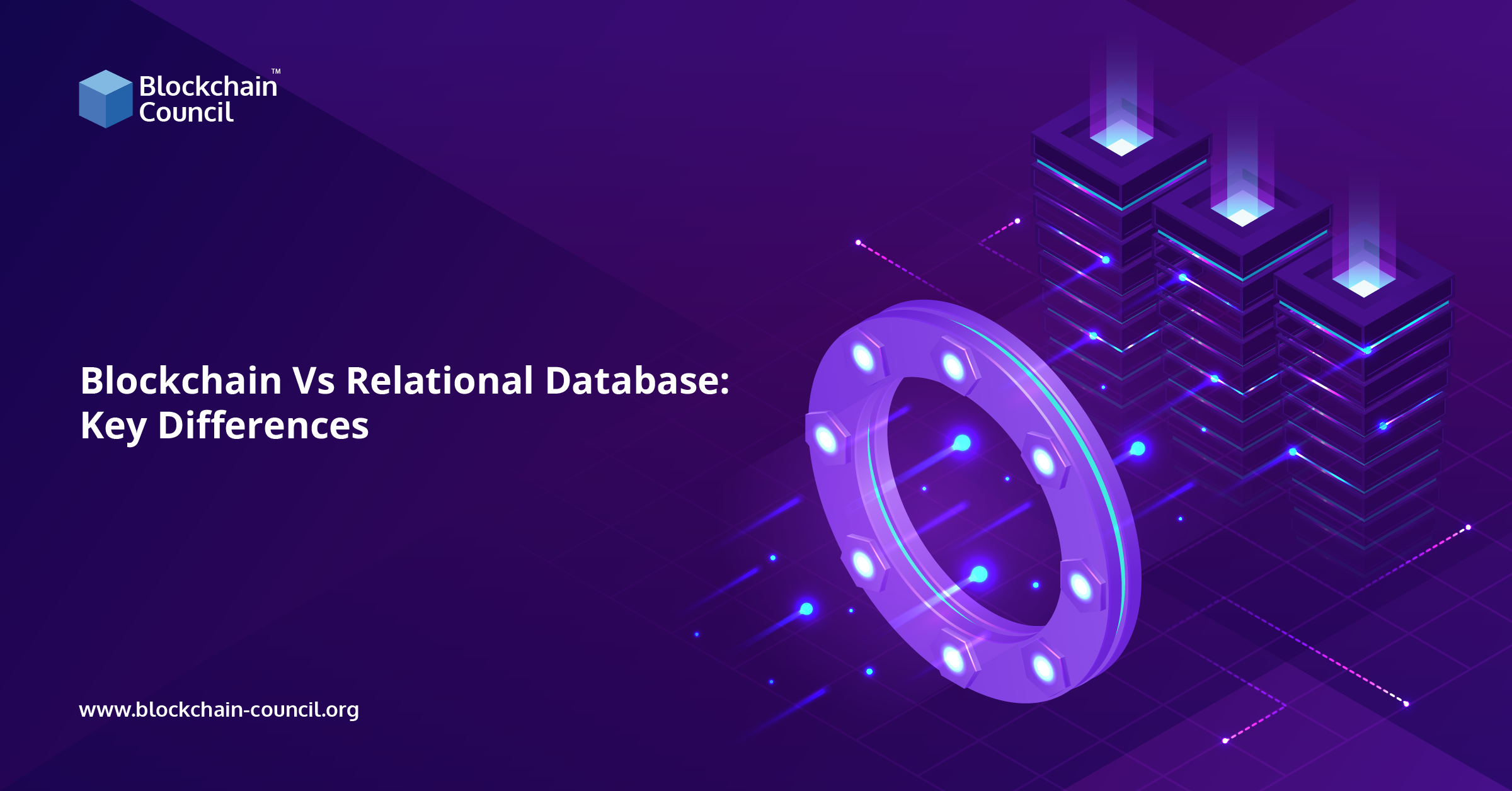
- Ayushi Abrol
- January 15, 2025
Here we will also give a short glimpse into Blockchain and relational databases, their benefits, comparison, and many other things related to it. In this blog post, let’s explore Blockchain Vs. Relational Database: What’s the difference?
Both blockchains and relational databases are practical tools for collecting information that benefits critical business processes, each technology better in different areas.
Blockchains retain a definitive advantage when it arrives at providing a robust, fault-tolerant way to store critical data. Relational databases appear to maintain a decisive benefit when it comes to performance.
It is unlikely that relational databases will ever contribute the level of robustness that the massively parallel blockchains perform, and it’s doubtful that blockchains will ever deliver the level of performance of relational databases.
What is Blockchain?
Blockchain is a system that saves transaction entries in the form of a digital ledger. Whenever a digital transaction takes place, all its information is kept in the form of a block. The first block is called genesis.
This type of high security by which the data is kept safe. In the same way, with increasing transactions, the blocks also keep growing, and all these blocks are connected. When all these blocks are connected orderly, a chain of blocks is formed, which is called a Blockchain.
There is no centralized system in Blockchain, i.e., both buyer and seller can transact without any middleman, i.e. bank.
Having a decentralized ledger has transparency so that all the nodes connected in the network, i.e., computers, have access to a copy of the ledger. Once an entry is made in the ledger, it is challenging to change or tamper.
How does Blockchain work?
Let us understand with an example, suppose you are a part of a kitty party, in which every month some money is kept by all the partners, and the account of the cash is maintained in writing by any one member of the party. As you can understand, the written history can be changed or tampered with at any time. That is, there is always a possibility of error.
Imagine what would happen if Blockchain Technology were used here. As soon as a new member has deposited the money, his digital entry will be done, and the complete information related to that transaction will also be saved in the ledger through the block. After this, the copy of the new entry will reach all the members connected, which is difficult to change without the approval of all the members, and all the latest and old data blocks will also be saved in it forever.
Blockchain technology has been created for digital currency, i.e. Bitcoin, in which public Ledger keeps all the information related to Bitcoin Transactions, i.e. Blockchain.
The transaction of digital currency is done directly without any intermediary bank. As soon as the coin is transferred from one node computer, its information reaches all the nodes connected to the network. It is sent to all Nodes tested, and the transaction is verified. After that, the Verified Transaction data is encoded by Cryptography Technology and saved through Blocks, and then many such blocks combine sequentially to form Public Ledger, i.e. Blockchain.
What are the Benefits of Blockchain?
So far, we have come to know what Blockchain is; now, let us know some of its benefits:
Transparency
Because it is open-source, that’s why nothing is hidden in it. Easy to track things
Security
You can find millions of computers/servers in a blockchain. That is why hacking any network is very much or almost unthinkable. That’s why it is very safe.
Speed
The Internet represents the traffic of data, and it hinges on the speed of the Internet. Data transfer is rapid in blockchain technology.
No Third-Party Involvement
In Blockchain, no one else’s hand signature is required between the sender and the receiver. It is entirely independent.
Reduced Cost
These are much cheaper than all other existing technologies.
What is a relational database?
A relational database organizes data into tables, each of which can be based on – or related to – the data associated with it. This capability lets you acquire an entirely new table from data in one or more tables with a single question. This allows you and your business to better understand the relationship between all available data and obtain new insights to make better decisions or identify new opportunities.
For example, imagine that your company maintains a customer table containing company data about each customer account and one or more transaction tables describing individual transactions. The columns or fields for the customers table can be customer ID, company Name, Company Address, etc.; Columns for the transactions table can be transaction date, customer ID, transaction amount, payment method, etc. Tables can be related based on a common Customer ID field. Therefore, you can query the table to generate valuable reports, such as consolidated customer details.
Report generators take these queries and run them on demand to generate a formal report. Many inventory businesses run to track inventory, sales, finance, or even execute financial projections from a relational database operated behind the scenes.
How does Relational Database work?
A relational database management system RDBMS or simply RDB is a generic type of database that stores data in tables for other stored datasets. Most of the databases utilized by enterprises these days are relational databases, obstructing a flat-file or hierarchical database.
Relational databases have the power to deal with multitudes of data and complex queries. Data is often stored in multiple tables, known as ‘relationships.’ These tables are divided into rows, records, and columns/ fields. A database can contain millions of rows. Columns are made up of a specific data type, such as name or value.
Like the relationships between data in an entity’s relationship diagram, tables in a relational database can be linked in several ways:
- Attributes of a table record can be associated with records in another table.
- A table record can be associated with multiple documents in another table.
- Multiple table records can be related to various forms in another table.
You see these relationships when you view widgets (such as pivot tables) in your dashboard visualization. It makes these complex relationships easy to understand, allowing you to reveal connections in your data and find answers to your questions.
What are the benefits of relational databases?
Organizations of all types and sizes use the simple yet powerful relational model for a wide range of information needs. Relational databases are utilized to trace inventories, process e-commerce transactions, manage large amounts of mission-critical customer information, and more. A relational database may be considered for any information required. The data points are related and must be managed in a securely rules-based, consistent manner.
Relational databases have been with us since the 1970s. Today, the two major benefits of relational databases are making it the most widely accepted model for databases.
Data consistency –
The relational model best maintains database copies called instances and data consistency across applications. For instance, when a customer deposits money at an ATM and then views the account balance on a mobile phone, the customer expects that deposit to be immediately reflected in the updated account balance. Relational databases excel at this type of data consistency, ensuring that multiple instances of the database contain the same data at all times.
It is difficult for other databases to maintain consistency with large amounts of data over time. Some recent databases, such as NoSQL, may only supply “ultimate consistency.” Under this principle, when the database is truncated or multiple users access the same data simultaneously, the information needs some time to “catch up.” Ultimate consistency is acceptable for some uses, such as maintaining listings in a product catalog. However, relational databases are still the gold standard for critical business operations such as shopping cart transactions.
Commitment and Atmosity
Relational databases manage business rules and policies at a very pathetic level, with strict guidelines about commitment which makes changes to the database permanent. For example, you should evaluate an inventory database that traces three parts that are always utilized together. When one part is grabbed from stock, the other two must also be tugged. If none of the three parts is available, no parts should be pulled – all three elements must be available from the database before any commitment is made. A relational database is not dedicated to one part unless it can commit to all three. This multifaceted commitment capability is called atomicity. This is the key to keeping the data in the database accurate and ensuring that it conforms to its rules, regulations, and policies.
ACID and relational database
Four important properties define relational database transactions: atomicity, consistency, isolation, and stability – commonly known as ACID.
- Atomicity interprets all the components that make up an extensive database transaction.
- Isolation keeps the effect of one transaction invisible to others to avoid confusion.
- Persistence ensures that data changes become permanent once a transaction is committed.
Blockchain Vs. Relational Database: What’s the Difference
When selecting whether or not to make your app on a blockchain or relative info, you shouldn’t trust solely the buildup that surrounds the blockchain technology. In this article, you’ll notice impartial pros and cons of each choice that may assist you in forming an affordable option.
Some developers need to understand how to create a blockchain database because the term “blockchain” has become a motto. Blockchain is well-known to be innovative, forward-thinking, and, in some cases, extremely lucrative. Bound entrepreneurs believe that building an app on Blockchain will grant their immediate product success. In this article, we’ll try to perceive whether this statement is true and the target perks of blockchain info compared to a relative one.
The Costly Price of Disintermediation
Why do cryptocurrencies running on Blockchain attract such a significant amount of itself-suffice individuals? They don’t think about third-party infrastructure; thus, nobody will interfere with their Blockchain distributed information from the outside, together with governmental bodies. For money systems, that’s a significant advantage. However, it’s unlikely that regular industrial enterprises would like such a level of independence — or, as they decide it in skilled blockchain terms, disintermediation.
If you don’t resort to external resources to keep up your product once it’s released, be able to invest significant funds yourself. The app’s maintenance would value roughly the maximum amount as its development in most cases.
Trading Speed for Reliability
If the excessive pace is your priority, you must discard the concept of enforcing blockchain database technology. The Bitcoin community, for instance, is notoriously slow. The miners of this cryptocurrency are paid to introduce updates. If now no longer for this economic motivation, they in all likelihood wouldn’t hassle to deal with this clumsy, unwieldy community.
The community effectively prevents double-spending, withstands hacking assaults, and ensures the most transparency of all transactions. But its overall performance necessarily degrades.
Moreover, if you construct your app using the same principle, you’ll continually have hassle scaling it.
With the recognition of this criterion, a relational database might be a better desire as it lets the app directly procedure patron requests.
Unnecessary Fault Tolerance
As it seems, the Bitcoin network will survive nearly any technological disaster. Many computers depart in order, and servers keep crashing; users will still be ready to complete monetary transactions. However, such an excellent fault tolerance can be excessive for a comparatively tiny app. The app ought to be prepared to wear down real-life troubles — and it doesn’t need the massive power of Blockchain.
Most likely, you’ll be able to reach the specified level of fault tolerance with the assistance of a traditional relative database. Thus it beats the Blockchain once again.
Data Transparency
For Bitcoin, transparency could be a plus. Except for most apps, privacy is crucial. Your customers can hardly be happy if you disclose their names, contact knowledge, or spendings within the Blockchain. However, to feature an additional security level to your app, you could use Blockchain to save lots of encrypted hashes of all transactions. If a dispute arises, you’ll be ready to verify that a particular record hashes the value kept in the Blockchain.
Within the primary and most prominent cryptocurrency network, every new block is cryptographically connected to the previous ones. Thus, it becomes not possible to cheat or modify knowledge. Likewise, electronic databases are capable of working SQL commands received from users.
By the way, there’s an analog to good contracts in relational databases as well. The term “smart” refers to contracts that are mechanically executed. The analog of this development in standard databases is understood as “stored procedures
Blockchain Vs. Relational Database: Comparison Table
| Blockchain | Relational Database |
| There is no admin. | These have admins & centralized supervision. |
| Anyone can approach the (public) blockchain. | Only items with privileges can record the database. |
| Anyone with the exact proof of work can compose on the blockchain. | Only items permitted to read or write can do so. |
| These are slow. | These are fast. |
| History of documents & possession of digital documents. | No record of documents & possession of digital documents. |
Conclusion
So, did you like the difference between a blockchain and a relational database? When assuming what technology to utilize to support your next-generation application, you should carefully analyze your prerequisites and how they may or may not be satisfied by each type of database. Please don’t allow the ideas of proponents of either technology to convince you that their strategy is better. Instead, let a thorough analysis of your requirements guide your determination.

































































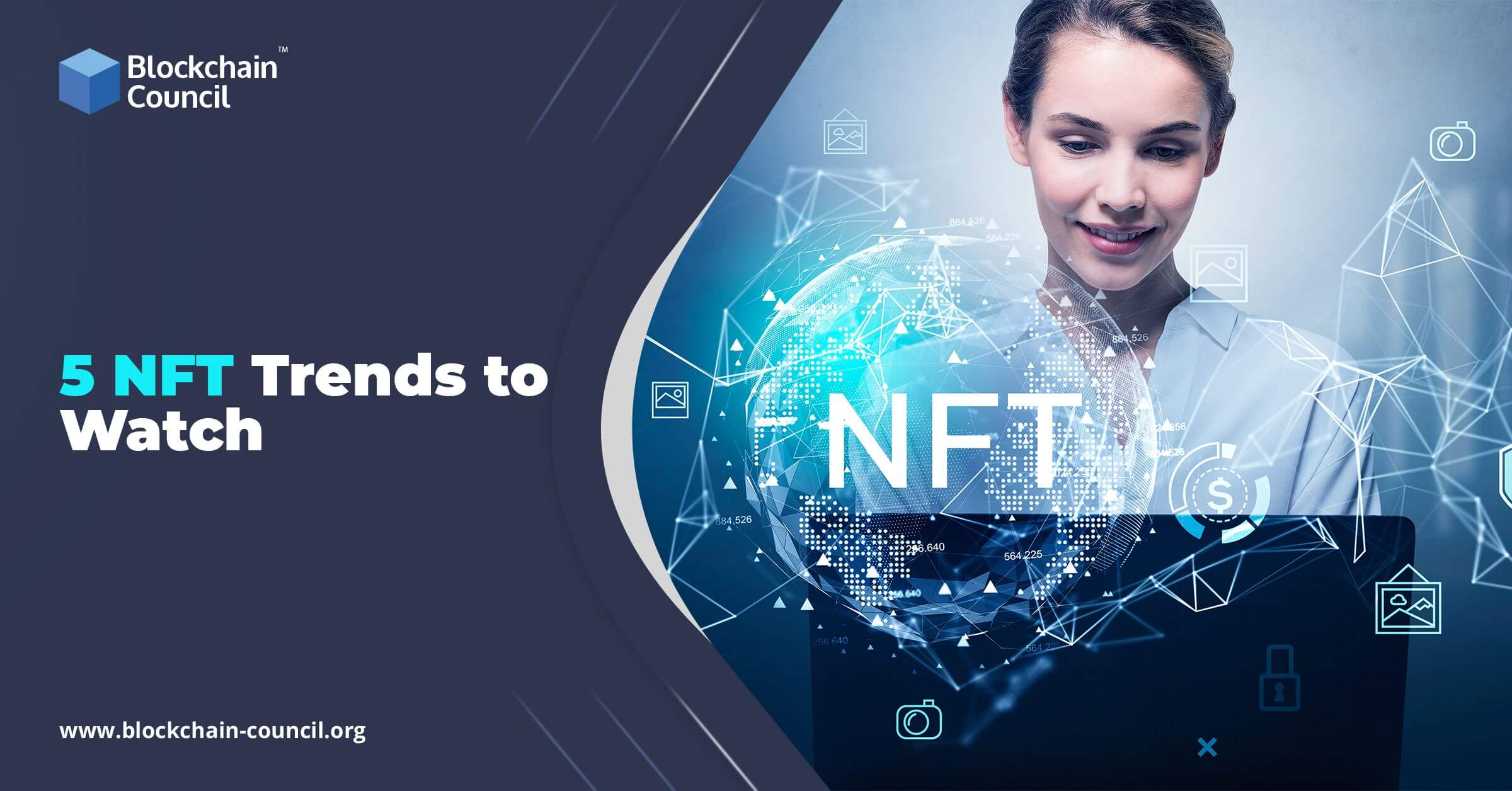
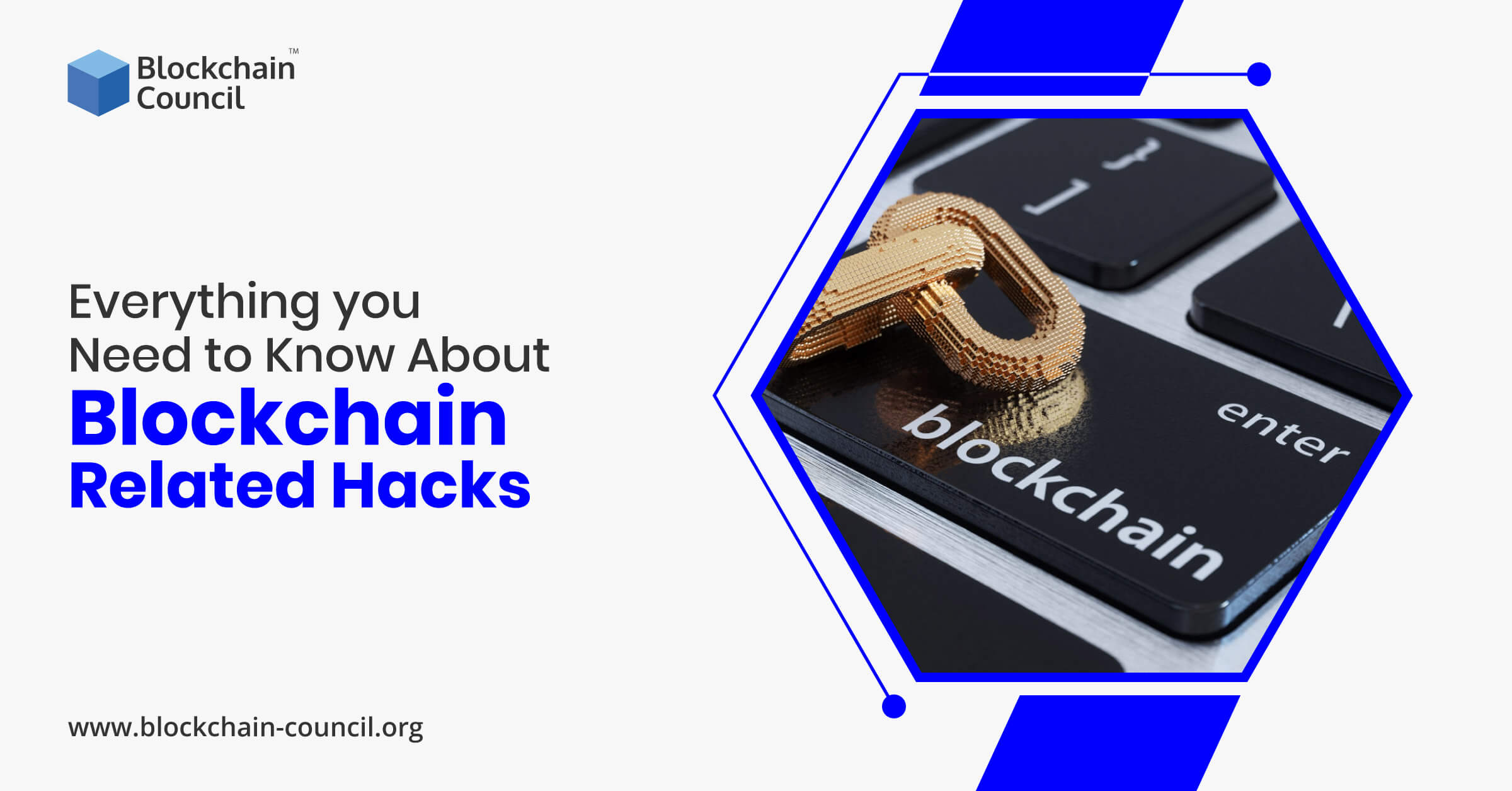
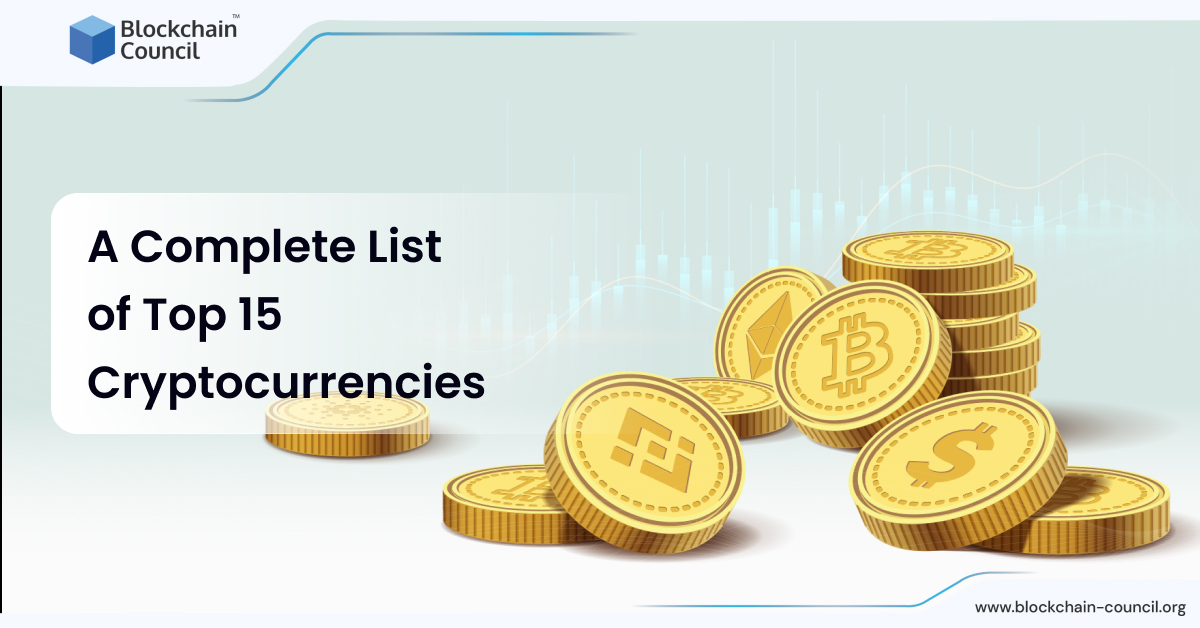
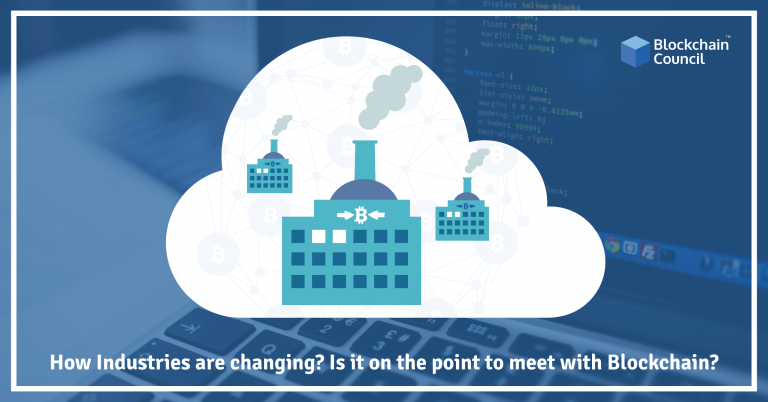
 Guides
Guides News
News Blockchain
Blockchain Cryptocurrency
& Digital Assets
Cryptocurrency
& Digital Assets Web3
Web3 Metaverse & NFTs
Metaverse & NFTs
